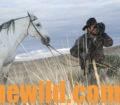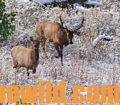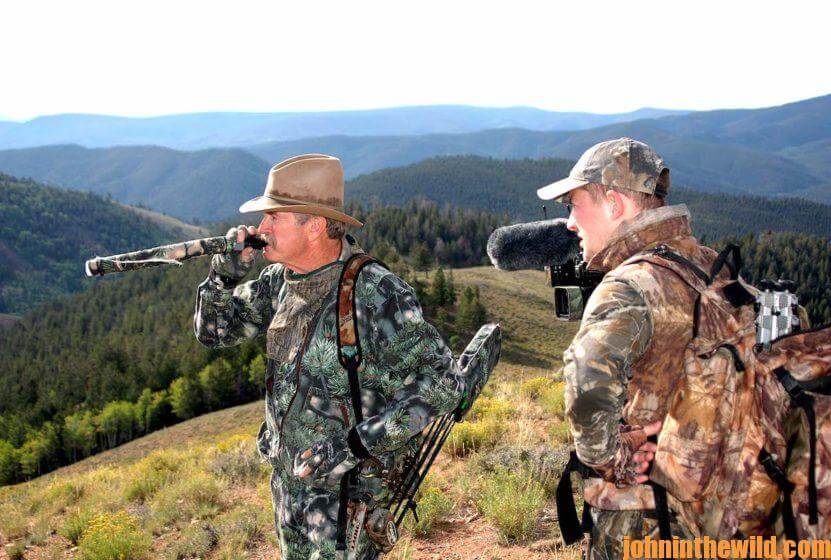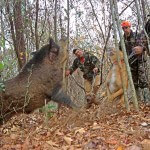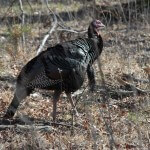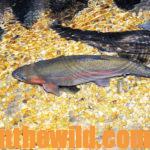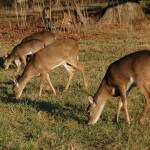Editor’s Note: Wayne Carlton of Montrose, Colorado, one of the nation’s leading elk hunters and longtime manufacturer of elk calls for 40 years and today the owner of NATIVE by Carlton, his call company https://www.nativebycarlton.com/.
 Carlton confesses that, “Many hunters don’t know how to call elk. They can blow cow calls and bugle, but they don’t how to talk to elk. Elk don’t talk in a monotone but put emotion and feeling into their calling, just as you do when talking to your girlfriend. Listen to the elk as they communicate with each other. They put different inflections in their voices, just as turkeys do. For instance, if you’re giving calls like yeeoow, you’re making an elk call. But, if you want to talk to an elk, you have to push more air through the call and say yeeooooooooooooow, which sounds like a much-different conversation with more feeling and emotion in it. When I ask an elk hunter if he really means what he’s saying when he’s calling
Carlton confesses that, “Many hunters don’t know how to call elk. They can blow cow calls and bugle, but they don’t how to talk to elk. Elk don’t talk in a monotone but put emotion and feeling into their calling, just as you do when talking to your girlfriend. Listen to the elk as they communicate with each other. They put different inflections in their voices, just as turkeys do. For instance, if you’re giving calls like yeeoow, you’re making an elk call. But, if you want to talk to an elk, you have to push more air through the call and say yeeooooooooooooow, which sounds like a much-different conversation with more feeling and emotion in it. When I ask an elk hunter if he really means what he’s saying when he’s calling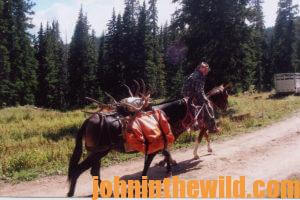 elk, I want to know if he’s putting enough emotion into his call to shock the bull into bugling. Most people give generic bugles, but I scream as loudly as I can with great urgency on a high-pitched call when I’m bugling to get an elk to bugle back. I’ve observed that some elk hunters don’t really say anything when they’re talking to elk.”
elk, I want to know if he’s putting enough emotion into his call to shock the bull into bugling. Most people give generic bugles, but I scream as loudly as I can with great urgency on a high-pitched call when I’m bugling to get an elk to bugle back. I’ve observed that some elk hunters don’t really say anything when they’re talking to elk.”
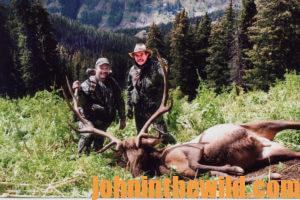 Carlton also explains that he has to teach hunters when to hunt elk where. “I think the best time to hunt elk when you’re hunting in canyons is the middle of the day,” Carlton reports. “If you set-up early in the morning before daylight, often you’ll make so-much noise and create so-much commotion that you’ll spook more elk than you see. I’m a mid-day hunter because I’m trying to hunt the elk at a time in areas where they feel comfortable, safe and secure. I’ve developed a pattern for watching elk early to see where they like to stand and bed in the middle of the day. Then I feel I have a better chance of being able to make a stalk or setting-up a tree stand to take the elk. I teach my hunters to do all their hiking, climbing and getting into position to take the elk in the morning. Then my hunter and I aren’t as physically stressed in the middle of the day when we have to make a stalk.
Carlton also explains that he has to teach hunters when to hunt elk where. “I think the best time to hunt elk when you’re hunting in canyons is the middle of the day,” Carlton reports. “If you set-up early in the morning before daylight, often you’ll make so-much noise and create so-much commotion that you’ll spook more elk than you see. I’m a mid-day hunter because I’m trying to hunt the elk at a time in areas where they feel comfortable, safe and secure. I’ve developed a pattern for watching elk early to see where they like to stand and bed in the middle of the day. Then I feel I have a better chance of being able to make a stalk or setting-up a tree stand to take the elk. I teach my hunters to do all their hiking, climbing and getting into position to take the elk in the morning. Then my hunter and I aren’t as physically stressed in the middle of the day when we have to make a stalk.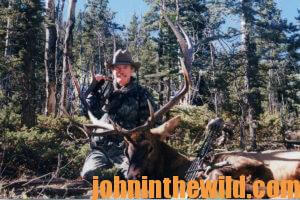
“I prefer to be on the back side of a mountain from where the animals are bedded-down, so they can’t see or smell me. By getting above the elk, we have a better vantage point to see and observe them, and the drafts going up the mountain also will prevent the elk from smelling us. Once my hunter and I finally make our stalk to the elk, we’re usually traveling down, which isn’t nearly as strenuous as climbing up to elk.”
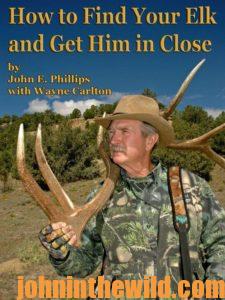 To learn more about elk hunting, check out John E. Phillips’ book, “How to Find Your Elk and Get Him in Close,” available in Kindle, print and Audible versions at http://amzn.to/17ENNqK. You may have to copy and paste this click into your browser. (When you click on this book, notice on the left where Amazon allows you to read and hear 10% of the book for free).On the right side of the page and below the offer for a free Audible trial, you can click on Buy the Audible with one click.
To learn more about elk hunting, check out John E. Phillips’ book, “How to Find Your Elk and Get Him in Close,” available in Kindle, print and Audible versions at http://amzn.to/17ENNqK. You may have to copy and paste this click into your browser. (When you click on this book, notice on the left where Amazon allows you to read and hear 10% of the book for free).On the right side of the page and below the offer for a free Audible trial, you can click on Buy the Audible with one click.
Tomorrow: Extraordinary Elk Hunter Steve Puppe

